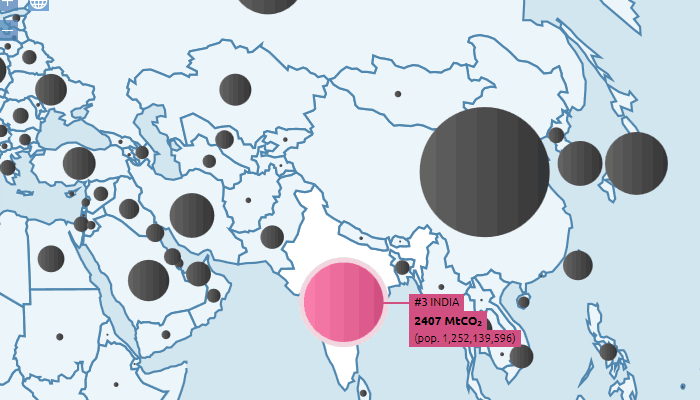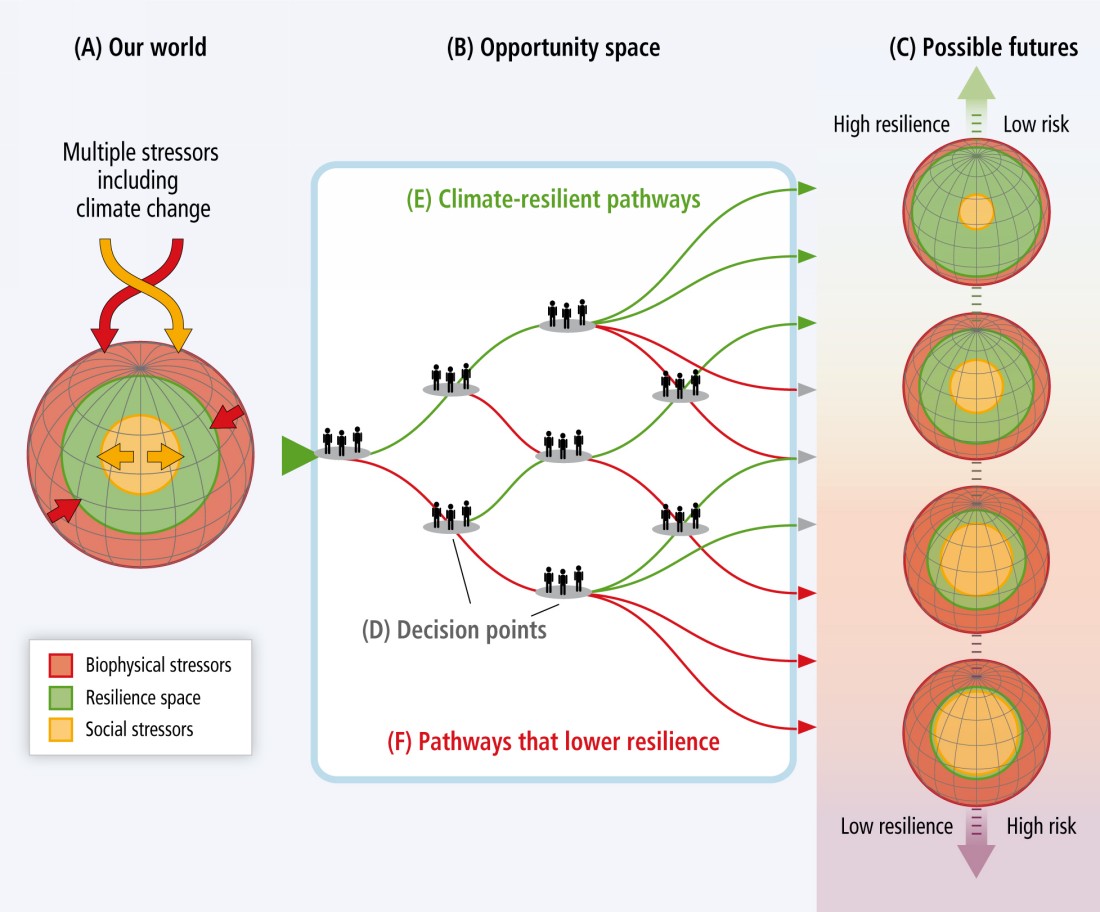The European Environment Agency (EEA) has said that our quest for uninterrupted economic growth “has detrimental effects on the natural environment and human health” because of “the Great Acceleration in human consumption”. Human civilisation is currently profoundly unsustainable, the authors concluded.

Not only does the EEA report reject traditional economic growth, but it also casts serious doubt on so-called ‘green growth’, which seeks to grow the economy while reducing the harmful environmental impact of economic activity.
“High-level policies… propose decoupling of economic growth and resource use as a solution,” the EEA describes, then dismisses these efforts because recent studies “find no evidence of absolute decoupling between growth and environmental degradation having taken place on a global scale”. The EEB concludes that that green growth cannot reduce resource use on anywhere near the scale required to deal with global environmental breakdown and to keep global warming below the target of 1.5°C above pre-industrial levels, the threshold established as part of the Paris Agreement.
The EEA document explores a number of alternative sustainable economic approaches, such as ecological economics and doughnut economics, which is a framework for sustainable development that does not overshoot the Earth’s natural limits. “Social, political and technological innovation is called for to translate alternative ideas about growth into new ways of living. Inspiration is also to be found in very old traditions,” said the EEA. “European heritage is much richer than material consumption. The fundamental values of the EU are human dignity, freedom, democracy, equality and the rule of law, and they cannot be reduced to or substituted by an increase in GDP.”


 I have taken the data from two sources. One is the Census of India, for the census years 2011, 2001 and 1991. The other is the Road Transport Yearbook (2011-12) issued by the Transport Research Wing, Ministry Of Road Transport and Highways, Government Of India. The yearbook includes a table with the total number of registered vehicles (in different categories of vehicle – two-wheelers, cars, buses, goods vehicles, others) for every year. The number of households is from the census years, with simple decadal growth applied annually between census years. I have not yet found the detailed data that will let me refine this finding between urban and rural populations.
I have taken the data from two sources. One is the Census of India, for the census years 2011, 2001 and 1991. The other is the Road Transport Yearbook (2011-12) issued by the Transport Research Wing, Ministry Of Road Transport and Highways, Government Of India. The yearbook includes a table with the total number of registered vehicles (in different categories of vehicle – two-wheelers, cars, buses, goods vehicles, others) for every year. The number of households is from the census years, with simple decadal growth applied annually between census years. I have not yet found the detailed data that will let me refine this finding between urban and rural populations. The implications are several and almost all of them are an alarm signal. Especially for urban areas – where most of the buying of vehicles for households has taken place – the physical space available for the movement of people and goods has increased only marginally, but the number of motorised contrivances (cars, motor-cycles, scooters and more recently stupidly large SUVs and stupidly large and expensive luxury cars) has increased quickly. Naturally this ‘growth’ of wheeled metal has choked our city wards.
The implications are several and almost all of them are an alarm signal. Especially for urban areas – where most of the buying of vehicles for households has taken place – the physical space available for the movement of people and goods has increased only marginally, but the number of motorised contrivances (cars, motor-cycles, scooters and more recently stupidly large SUVs and stupidly large and expensive luxury cars) has increased quickly. Naturally this ‘growth’ of wheeled metal has choked our city wards. More motorised conveyance per household also means more fuel demanded per household, and more fuel (and money) wasted because households are taught (by the auto industry with the encouragement of the foolish cohorts I mentioned earlier) that they are entitled to wasteful personal mobility. Over 20 years, the number of cars per household has increased 4.1 times but the number of buses per household has increased only 2.8 times. That is embarrassing proof of our un-ecological and climate unfriendly new habits.
More motorised conveyance per household also means more fuel demanded per household, and more fuel (and money) wasted because households are taught (by the auto industry with the encouragement of the foolish cohorts I mentioned earlier) that they are entitled to wasteful personal mobility. Over 20 years, the number of cars per household has increased 4.1 times but the number of buses per household has increased only 2.8 times. That is embarrassing proof of our un-ecological and climate unfriendly new habits.
![Special bulletin of the India Climate Watch on the China-USA climate 'deal'. [pdf, 91kb]](http://indiaclimateportal.org/wp-content/uploads/2014/11/ICW_special_image_201411.png)


